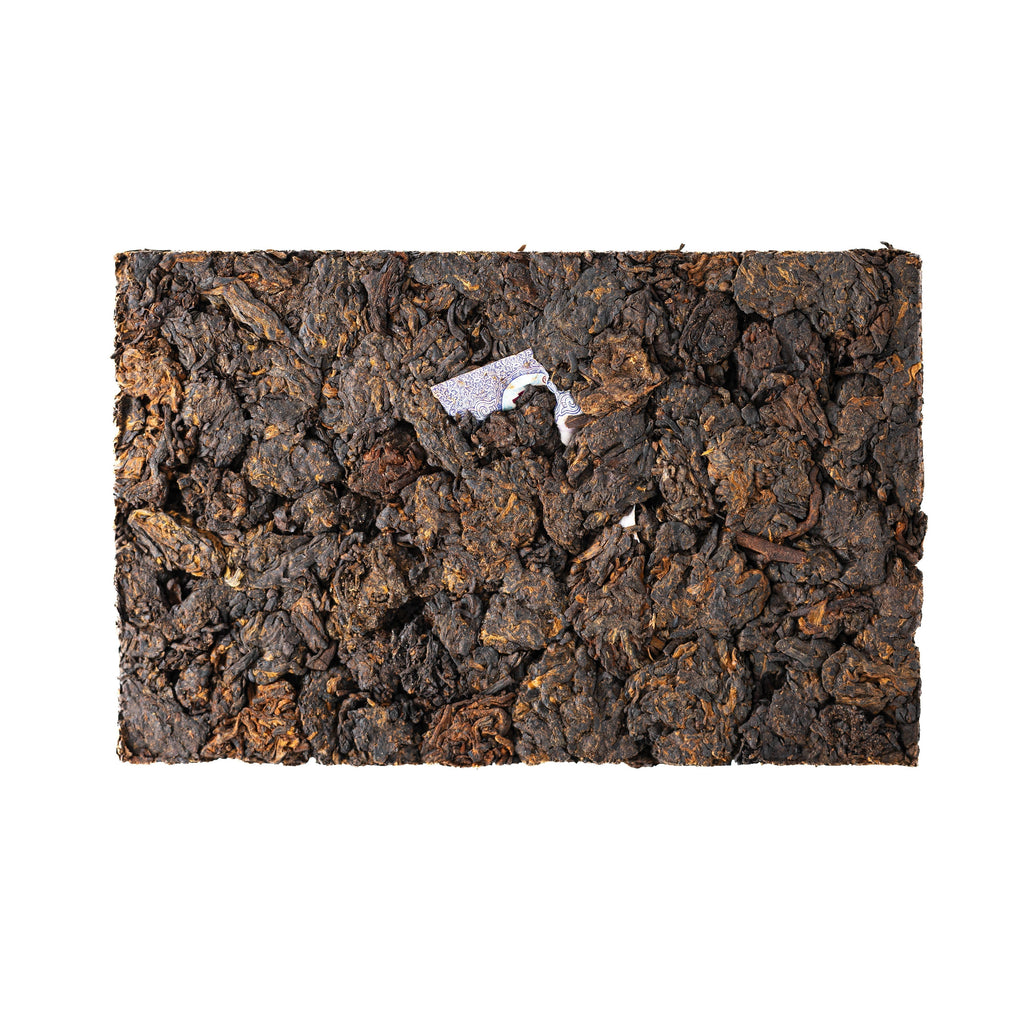Lao Cha Tou

Lao Cha Tou (老茶头)
Also known as Old Tea Heads, Cha Tou (茶头), Lump Tea (疙瘩茶), and Natural Tuo (自然沱),
Lao Cha Tou is a type of compressed nugget that forms during the fermentation of Shu Puer (熟普洱).
Name
- 老 (pronounced Lao in Mandarin): means old.
- 茶 (pronounced Cha in Mandarin): means tea.
- 头 (pronounced Tou in Mandarin): means head or lump.
The name 老茶头 (Lao Cha Tou) refers to clumps of tea that naturally form during the World Dui process. When freshly produced, they have a bit of an offputting smell (called Dui Wei (堆味)), so they usually need a little aging before they can be drunk. This aging is why they are called "old".
History
Lao Cha Tou is one of the more unusual subcategories of Shu Puer. For decades, it was viewed as a byproduct of the Wo Dui (握堆) process, oftentimes thrown out before it ever had a chance to reach tea lover's cups.
Lao Cha Tou forms during the hot and humid process of transforming Puer Cha (普洱茶) leaves into Shu. Dense clumps of leaves, glued together by naturally forming pectin, bond together. On average, less than 2% of leaves in a fermenting pile of leaves end up as Lao Cha Tou, though producers can encourage its formation through the inclusion of greater amounts of buds.
While Lao Cha Tou has technically existed since factories began the Wo Dui process in the 70's, it only debuted on the market in 2006 when Dayi began selling pressed bricks of it. It has a niche following today, with many people, including myself, loving its sweetness and Nai Pao (耐泡). Others dismiss it as an inferior byproduct that lacks the allure of regullar Shu.
